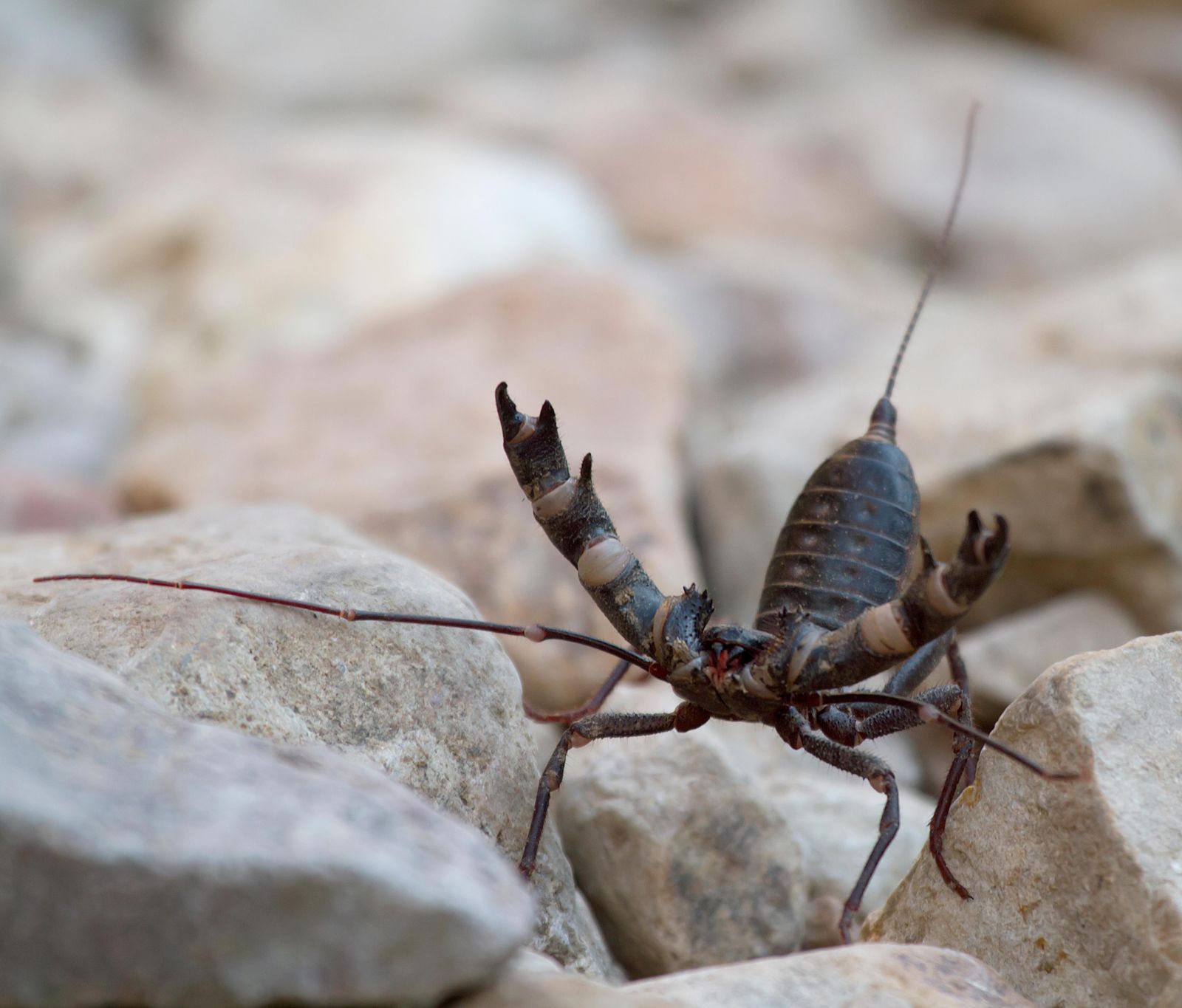- Moderator
- #1
And I thought all of the Devil's pets lived in Australia.
In the West Texas desert, summer rains usually cause wildflowers to sprout and cacti blooms to burst forth.
They also result in the emergence of “land lobsters from hell,” reports Abigail Rosenthal of the Houston Chronicle. More commonly known as vinegaroons, this unusual creature isn’t a actually crustacean—it’s an arachnid. The eight-legged critter has a nasty bite and sprays a vinegar-like acid from its tail. According to a Big Bend National Park Facebook post, summer rains bring the amorous arachnids out of their burrows in search of love and food.

Acid-Spraying, Lobster-Like Arachnids Emerge in Texas to Look for Love
Summer rains send vinegaroons scurrying from their burrows in the desertwww.smithsonianmag.com


